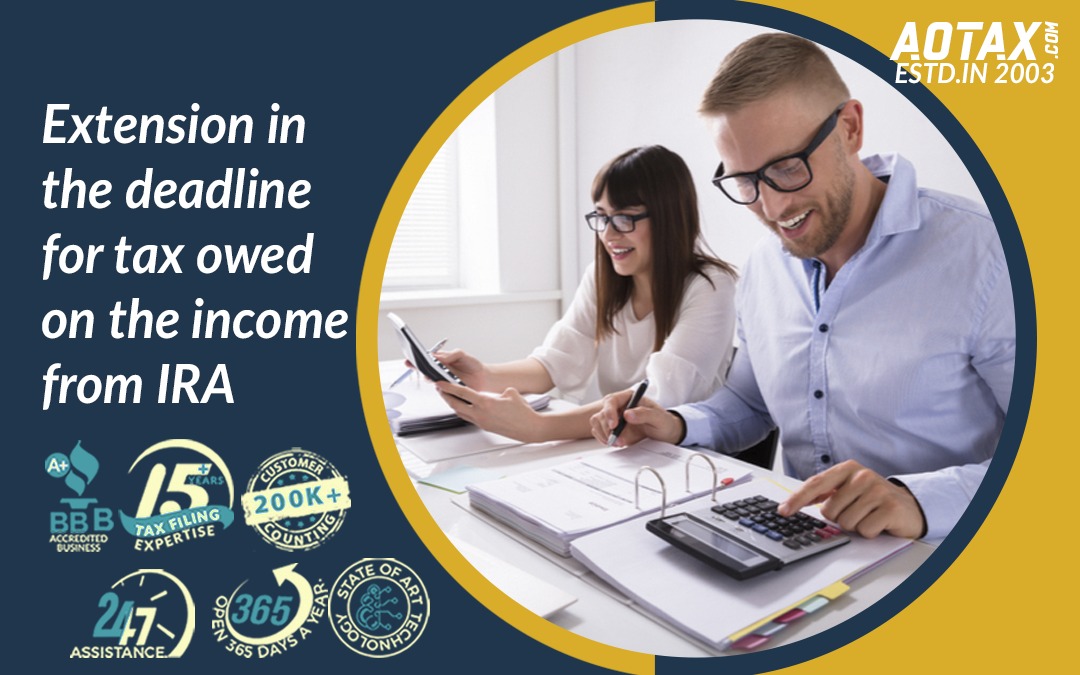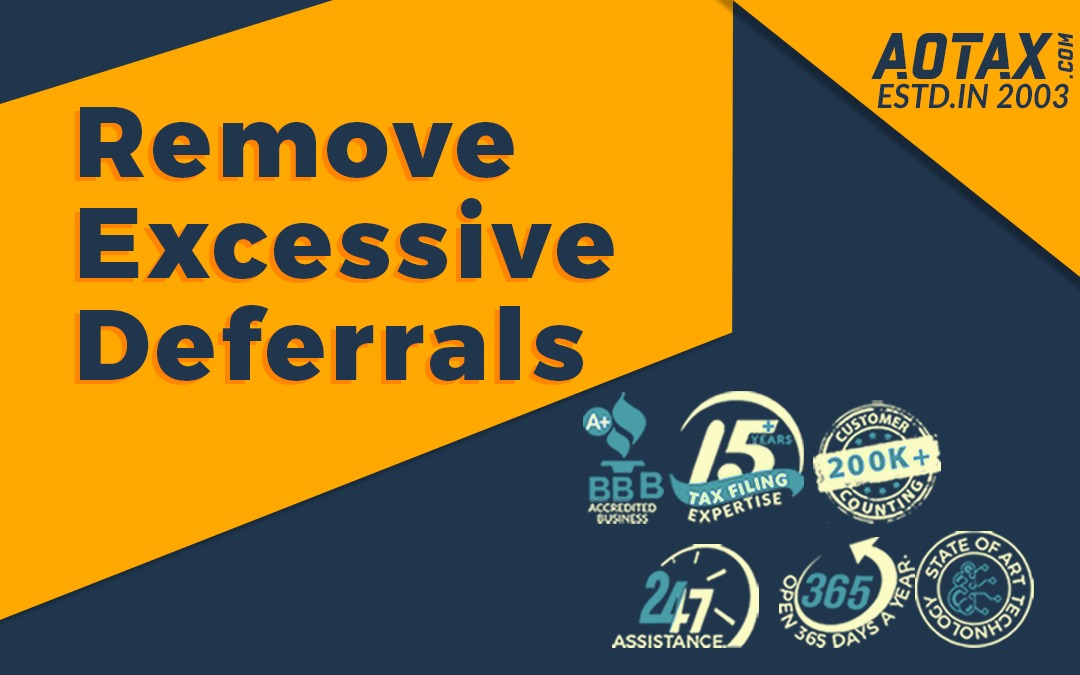Tax Deductions Available for Cancer patients



All you need to know about Form 1099-R
Form 1099-R is being used by you for reporting the distribution of benefits associated with retirements like annuities or pension plans. Precisely, the Form 1099-R can be used for reporting the distributions which you might have received from your IRA, annuity, pension, or your retirement account. Form 1099-R can be considered as a record to denote any money paid or given to an American other than his employer. The payer who pays will fill out the Form 1099-R and will send a copy to the payee and to the IRS as well.
Who can receive a Form 1099-R?
As said earlier, the main purpose of Form 1099-R is to record income. You can receive a Form 1099-R due to some of the below-mentioned reasons.
Variations of Form 1099-R
The variations of Form 1099-R includes the following forms:-
Mostly, public and private pension plans which are not a part of the Civil Service System use the Form 1099-R. You must receive a copy of the Form 1099-R or some other variation in case of receipt of a distribution of $10 or more amount from your plans related to retirement.
Pension plans and payment of annuity
Retirement benefits are said to be an extension of the compensation which has been arranged by an employer and employee. On most of the contributions made into the retirement plans, income tax is deferred. In simple words, this means you are not liable to pay any income tax on the funds contributed to the Retirement plans until they are withdrawn by you.
Usually, the pension and annuity distributions are being made to the retired employees, employees who are physically disabled and also for the beneficiaries of any deceased employee.
Loans
Many employers would have the provision of granting loans against pension plans. Usually, these loans are not taken as distributions and are repaid with interest. The issue of Form 1099-R occurs when you have taken a loan and are not able to make the necessary loan repayment on time.
Rollovers
By a Rollover, retirement funds can be moved or transferred from one individual to another otherwise known as a custodian without any taxes paid on the money that has been transferred.
Early distributions
Those benefits which are paid to you before you reach the age of 59 and half years are said to be Early Distributions. For avoiding the misuse of the retirement funds, an extra 10% federal tax is imposed on the Early Distributions. Many states also levy penalties on these early distributions. This additional tax is applicable on the full amount of distribution which is taxable unless exceptions like disability, death, IRS levy, etc.
Conclusion
Hence, the above-mentioned information about Form 1099 would be helpful in understanding the details about this and be easier for use.

When you are selling real estate which has been held by you as an investment, the tax implications might be different based on the period for which you have held the property. The tax rules also depend on whether the property is a home or any other category of real estate. If it is a home sale, then it is considered as a particular type of capital gains which has its own set of taxation rules.
If you are selling property that you have held for less than a year, then it is known as Short-term capital gains. You would have to pay taxes for the Short-term capital gains at the same rate as that of the Income taxes. However, the rates are based upon the income bracket under which you fall.
When you are selling property which you have held for more than a year, then the profits obtained is known as long-term capital gains. The rates at which the long-term capital gains are taxed are your taxable income, your filing status which can be single, married, and filing taxes separately and married and filing jointly/head of the household.
Let us have a look at the tax rates for the long-term capital gains of the year 2020.
|
Income |
Long-Term Capital Gain Rate |
|
$0 to $40,000 |
0% |
|
$40,000 to $441,450 |
15% |
|
$441, 451 or above |
20% |
|
Income |
Long-Term Capital Gain Rate |
|
$0 to $78,750 |
0% |
|
$78,751 to $488,850 |
15% |
|
$488,851 or above |
20% |
|
Income |
Long-Term Capital Gain Rate |
|
$0 to $39,375 |
0% |
|
$39,376 to $244,425 |
15% |
|
$244,426 or above |
20% |
|
Income |
Long-Term Capital |
|
$0 to $52,750 |
0% |
|
$52,751 to $461,700 |
15% |
|
$461,701 or above |
20% |

In case you are married and filing taxes jointly along with your wife. You and your wife have a taxable income of $200,000 for the year 2020. By this, you would be included in the tax bracket of 15% for the year 2020.
Then you had purchased land in California less than a year ago. However, you had some emergency and needed cash. You had estimated a profit of $10,000 when you had purchased the land. If you sell it now immediately it would be a short-term capital gain and you would have to pay tax $2400 for it. But, if you waited for some more time and sell it then it can be considered as a long-term gain and would be taxed at 15%. So, you would have to pay $900 less or $1500 for the land. Thus, you would have an $8500 gain on the investment.
In 2019, the IRS had said to report your capital gains and losses on Schedule D and report the amount on your Form 1040. However, now if you are receiving Form 1099-S, Proceeds from Real Estate Transactions, you should report about the sale of the home even though the gain obtained from the sale is excluded under the IRS Section 121 Exclusion.
So, these are the important tax implications on any capital gains you have obtained by selling property. You should also keep in mind that if your investments are being sold they might be subject to an additional 3.8% income tax.

In November 2019, the IRS has announced the annual inflation adjustments for the year 2020. These adjustments would include tax rate schedules and other tax changes. The adjustments of the tax year 2020 would be used while filing the tax returns in 2021. If you are planning for earning more money in 2020 or for changing your circumstances this year, then you should adjust your withholdings or plan for tweaking your payments made for estimated taxes.
The tax items for the year 2020 which would be maximum interest for the taxpayers are:-
So, these are the major tax rules which have been changed in the tax year 2020 which must be understood by the taxpayers.

The number of people affected by COVID-19 is going on increasing very rapidly and so are the challenges, issues faced by the common masses. In such a situation, the Internal Revenue Services (IRS) has announced a series of steps and guidelines which would help common people in providing some relief related to tax payment compliance. The IRS is highly concerned about the well-being and the working together of people.
The People First Initiative of the IRS has the main objective of helping those people who are facing economic issues and uncertainty in payment of taxes. This program implements temporary changes to the various IRS activities beginning on 1st April 2020 through 15th July 2020. These changes in the tax processes have been made temporarily by the IRS to help people and business entities during these difficult times.
The major areas which have been mainly given importance under the People First Initiative are

A.Installment Agreement and Offers in Compromise payments
The IRS has offered expanded payment relief for the existing Installment Agreements and accepted the applications related to Offers in Compromise (OIC) until 15th July 2020. But, taxpayers must also be aware that any unpaid balances will get interest accrued on it as per the law.
For those installment agreements which already exist, the payments that are due between 1st April 2020 and 15th July 2020 are suspended. The IRS would not charge any default installment payment during this time. Those taxpayers who might find compliance with the Installment payment agreement and also with the Direct Debit Installment Agreement can suspend their payments during this time.
However, if a taxpayer is making the tax payments by mailing it or by visiting the IRS website then it is quite simple to stop the procedure. But, in case of direct debit payment, it might be difficult to suspend the process. Taxpayers will have to log in to the IRS website and change the payment information associated with the Direct Debit option.
B.Offers in compromise (OIC)
The various stages of OICs in which the IRS is helping the common people to resolve their issues are summarized below.
Pending OIC Applications–The IRS will not be closing any pending OIC requests before 15th July 2020 without obtaining consent from the taxpayers.
OIC Payments–Taxpayers will have the option by which they can suspend all the payments until 15th July 2020 on those OICs which have been accepted.
Delinquent return filings–Any delinquent return filings are pending for 2018 then the taxpayers must complete them by 15th July 2020.
New OIC Applications–Those taxpayers who have liabilities more than their net worth then the OIC process can be designed by using “Fresh Start” to resolve the issues of outstanding liabilities.
C.Compliance Actions
It has not been made clear from when the IRS would start the operations listed below. However, the IRS will not pursue any compliance actions unless those actions are necessary for the protection of the Government’s interest.
D.Independent office of appeals
The Appeals office will continue their work on their cases. Appeals would not currently hold an in-person conference with the taxpayers. The conferences can be held over the phone through videoconferencing. Taxpayers can respond to any outstanding information request for all the cases in the Independent office of appeals.
E.Statute of Limitations
The IRS would take necessary steps for the protection of all applicable statutes of limitations. There can be instances where the statute expirations may be jeopardized during this period and taxpayers are encouraged to co-operate in the extension of such statutes.
Hence, the People First Initiative is mainly dedicated to helping the common people in having better lives during this period of crisis. The IRS team is committed to helping common people to get through this stressful situation. The IRS would keep on reviewing the “People First Initiative” and would make necessary changes whenever required. The taxpayers must extend their support and co-operation to the IRS as well to win over this tough situation together.
https://www.eisneramper.com/people-first-covid-0320/
https://www.taxwarriors.com/blog/irs-unveils-people-first-initiative

The IRS Tax Deadline, The federal tax filing deadline in the US has been extended up to 15th July 2020 to combat the effects of economic hazards caused due to the outbreak of COVID-19. This extension would also mean that you can make contributions to the IRA up to 15th July 2020.
In the US, IRA or Individual Retirement Account helps you in saving money for retirement in a tax-advantaged way. The money which you would invest in this account can grow in a tax-deferred manner until you are ready to retire. Usually, traditional IRAs and Roth IRAs are opened by individuals whereas SEP IRAs and SIMPLE IRAs are meant for small business owners and self-employed individuals.

All the IRAs offer tax benefits which can be considered as a reward for saving. With the help of an IRA, you can even invest in stocks, bonds, and other assets. By making contributions to a traditional IRA, your tax bill would be reduced for the year in which you are contributing and you would not have owed income tax on the money until you withdraw it on your retirement. However, in a Roth IRA investments can grow in a tax-free manner but the contributions are not eligible for tax deductions. The withdrawal of the money can be done on retirement in a tax-free manner by investing in a Roth IRA as well.
The major benefits of an IRA can be listed below.
By the IRA withdrawal rules, you can withdraw your money anytime from the IRA but by paying a penalty of 10% and a tax bill if your money has been withdrawn before the age of 59-1/2 years unless there is an exception.
In case you have not been able to save much for your retirement in the last year, you can do that now as the IRA contribution deadline has also been extended. The IRS has extended this for 90 days without charging any penalties or interest for this.

You can contribute a maximum of $6000 towards the IRA. If you are above the age of 50 years then you can contribute an additional $1000 as a catch-up contribution. For making further contributions to your IRA you must contact the brokerage where your IRA has been held so that any additional funds that are added by you into the IRA are correctly filed.
If you have taken an early distribution from your IRA or any other work-based retirement plan then you will owe an additional tax. This will be a 10% additional tax on the amount that can be included in

gross income obtained from the early distribution. The deadline for reporting and payment of this additional tax has also got an extension up to 15th July 2020.
The major cause behind this is that this additional 10% tax is calculated and even paid at the same time as the income tax owed on the gross income. In case you are filing before 15th July 2020, then this extra 10% tax would be calculated at the time of filing itself.
In case, excessive deferrals have been made by you to your work-based retirement plans then those deferrals must be removed from the plan. This removal must be done by 15th April 2020 as those distributions need to be removed from the income and there has been no extension in this deadline.

Conclusion
Hence, the current situation is quite stressful for the people as the COVID-19 has led to several lay-offs and business closures in sectors that are customer-facing in nature. If you have extra cash now, you must contribute it towards your IRA and take one step ahead for your secure retired life.
References
Recent Comments